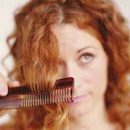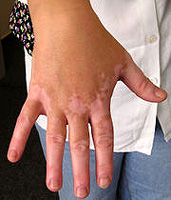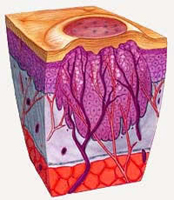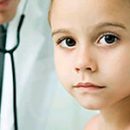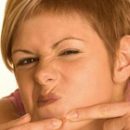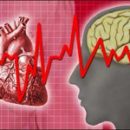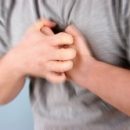Streptodermia arises as a result of skin lesion by bacteria of the genus Streptococcus. The main symptom of streptodermia are pink spots inclined to peeling. Spots have a circle form, their diameter reaches 3-4 cm.
Content
The concept of streptodermia
Streptodermia arises as a result of skin lesion by bacteria of the genus Streptococcus. Transmitted streptodermia from person to man with close contact. To the group of streptococcal piederms, or streptodermia, belong:
- impetigo
- Streptococcal hut
- Simple deprived face
- Chronic diffuse streptodermia
- Rygin
- Vulgar Ektima
Simple deprived face
Simple deprived persons refer to atypical form of streptococcal impetigo. It is more often celebrated in children, usually in spring or autumn. In children's teams, the disease can take an epidemic character. His appearance contributes to non-compliance with the rules of hygienic skin care, insufficient skin drying after washing. On the skin of the cheek, chin, nose, rarely the body is sometimes slightly reddish, there are round or oval sections of a white-shaped peeling of white.
In some cases, they merge, forming large foci. Often, new foci of the disease are observed next to the permitted foci. Possible light skin itch. Under the influence of the sun's rays, the disease can pass, but the skin on the affected places sunbathes weaker, due to the secondary leukoderma. Treatment Conducts Dermatologist Ambulatory. Assign Mazi with antibiotics.
Chronic diffuse streptodermia
Chronic diffuse streptodermium, or streptococcal epidermodermit, is localized mainly on the skin of the limbs, women around the nipples and under the lactic glands. Self-sidedly defeat, sharp borders of the hearth, typical streptococcal fluxes (bubbles) on its surface and near the hearth, thick greenish-yellow peels and erosive wet surfaces formed after opening flicen. Skin manifestations are characterized by a penipheral growth.
The disease flows for a long time. It is often a strong itch. Treatment conducts dermatologist. Antibiotics are prescribed, locally disinfectants (aniline dyes, ointment with antibiotics).
Treatment of streptodermia
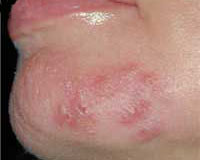 Treatment of streptodermia includes the use of local action preparations, including antiseptics, antibiotics and anti-inflammatory drugs. If the disease has a chronic form, the treatment of streptodermia is carried out on the basis of an integrated approach.
Treatment of streptodermia includes the use of local action preparations, including antiseptics, antibiotics and anti-inflammatory drugs. If the disease has a chronic form, the treatment of streptodermia is carried out on the basis of an integrated approach.
Comprehensive treatment of streptodermia implies the use of immunotherapeutic procedures, as well as the elimination of various concomitant ailments. In rare cases, patients with streptodermia prescribe vaccinations from streptococcus.
After fastening, spots of red remain often. Typically, stains are located in places affected by the disease for a long time. Some special therapy of red spots is not carried out. The only thing you need to take is to completely eliminate the possibility of any mechanical damage and abandon your stay in the sun.
Treatment of streptodermia in children
The most important thing in the process of treatment of streptodermia in children is the correct child's skin care. And attention should be paid not only to the skin, located directly in the focus of the defeat, but also take care of the skin, directly affected by the disease.
If the child is sick streptodermia, then it is necessary to bathe it as little as possible. The skin surrounding the lesion is necessary to handle disinfectants. In cases where the pione of the newborn head is affected, the use of solutions containing alcohol, contraindicated, for alcohol can penetrate inside the child's head through the spring.
Solutions are applied to the surface of the focus of the lesion, including antiseptic. Also on the affected areas of the skin, antibacterial pastes and ointments are imposed, for example hyxionic and erythromycin. The best results of the treatment of streptodermia in children were obtained from the use of a comprehensive action preparation, which simultaneously has antibacterial, anti-inflammatory and antifungal effect.


